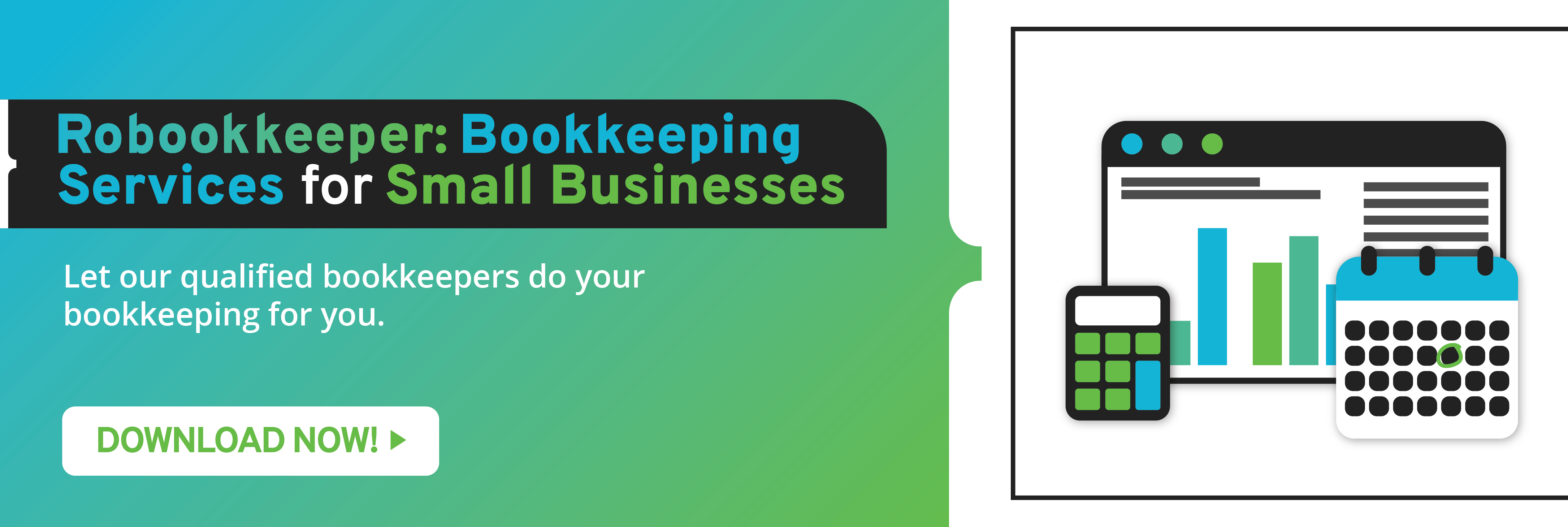Small business owners must face the challenge of determining demand for their products or services. Low inventory can lead to cancelled orders and lost potential revenue. Too much stock may lead to items you will have difficulty moving. A balance between supply and demand is important to the success of your growing company.
Here are some of the methods for demand forecasting.
Review Previous Sales Records
You can review the past demand to forecast current demand. The data you gathered over the past months or years provide you with insights about consumer behavior. Past sales records allow you to identify seasonal changes and address possible challenges in moving inventory. However, this approach doesn’t account for the products launched by competitors and shifts in the market. This isn’t a perfect method and it can expose you to risks to liquidity, but it is one way to forecast demand for products.
Check the Competition’s Sales Numbers
Other than using your own sales records, you can make a demand forecast by accessing the public sales data of your competitors. Doing so allows you to determine the ideal price for your products, possible marketing strategy to sell them, and customer demand.
Fit with Marketing Projections
One of the ways to forecast demand is by fitting it into your marketing projections. If you want to boost your marketing campaigns to add more customers, you’ll have to increase stock by a similar number. However, this forecasting method is unpredictable because you’ll never know if your marketing strategy will work. You might get lower than expected customers and have inventory you’ll have difficulties selling.
Factor in Recent Performance
This method takes into account the most recent sales performance of your company. This is a viable approach, if you’re planning to launch a new product. New products often pique the interest of customers. However, interest wanes over time and sales will normalize. Monitor changes in your sales data and adjust supply to meet expectations.
Shifts in the Local and Global Economy
The upward or downward trajectory of the global and your local economy are beyond your control. Both can have a positive or negative impact on the demand of your products because of rising or declining incomes. Read the news and adjust inventory depending on the economic situation.
These are just a few of the methods for demand forecasting you can use to meet customer expectations. If you need help with inventory management or other bookkeeping tasks, you can review our outsourced accounting services. We at Robookkeeper can connect you with experienced virtual accountants that get the job done.

